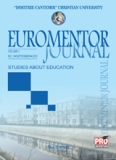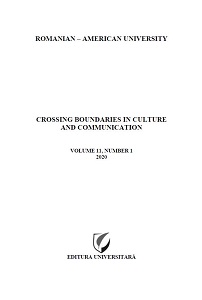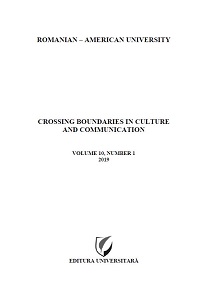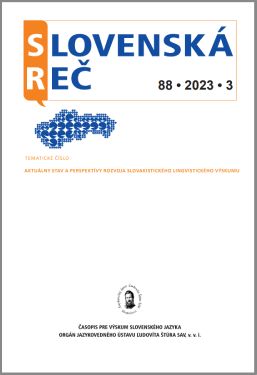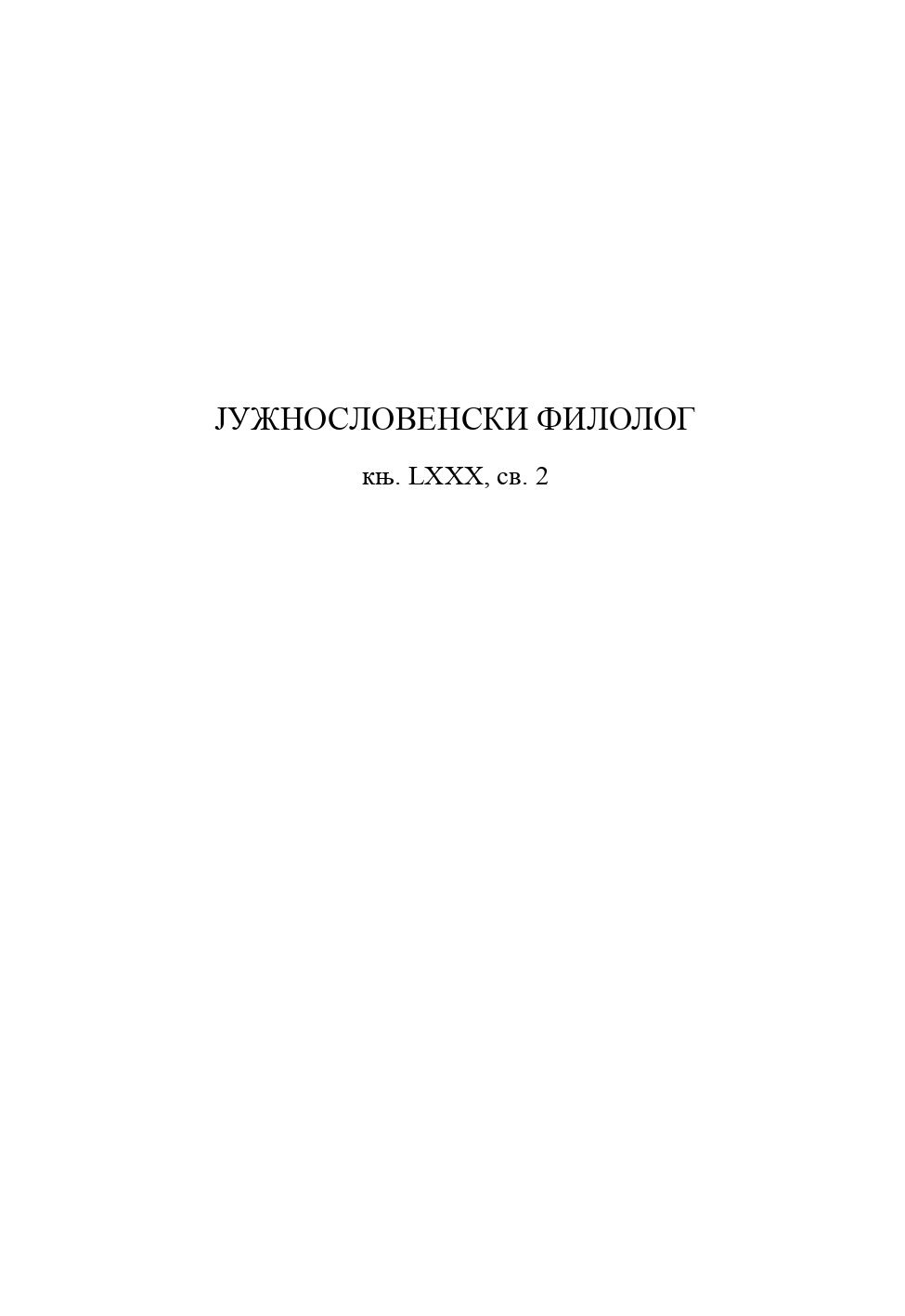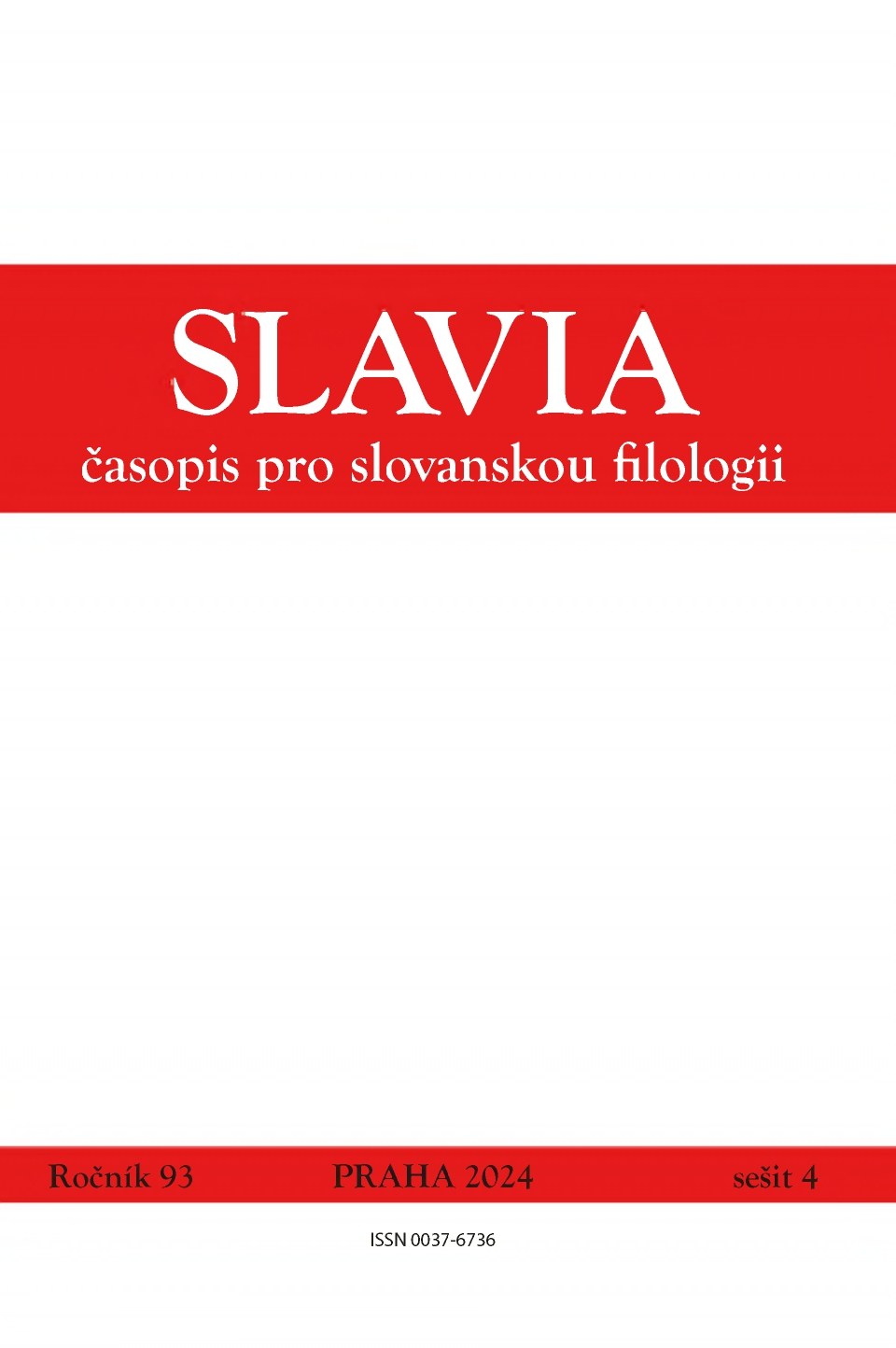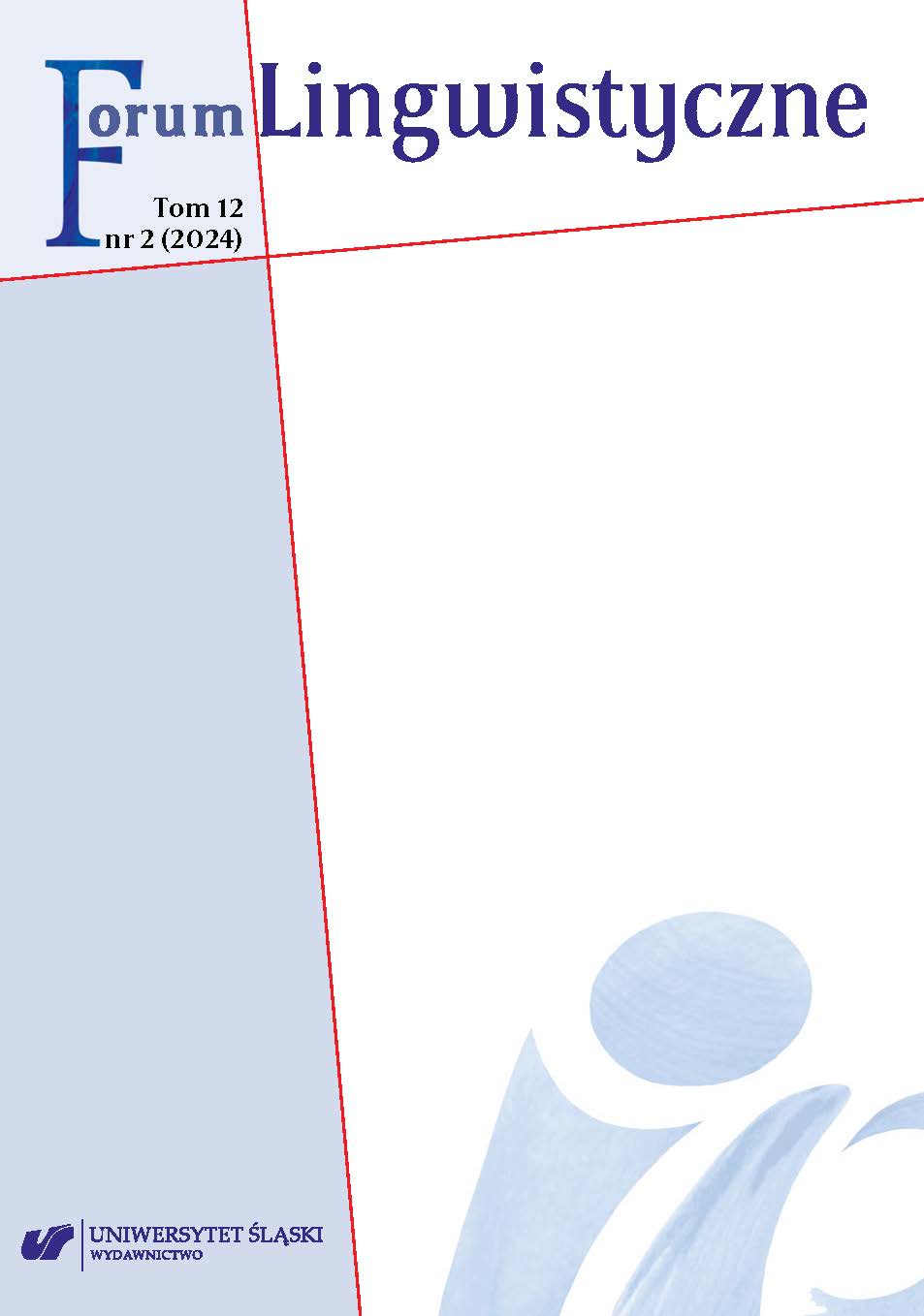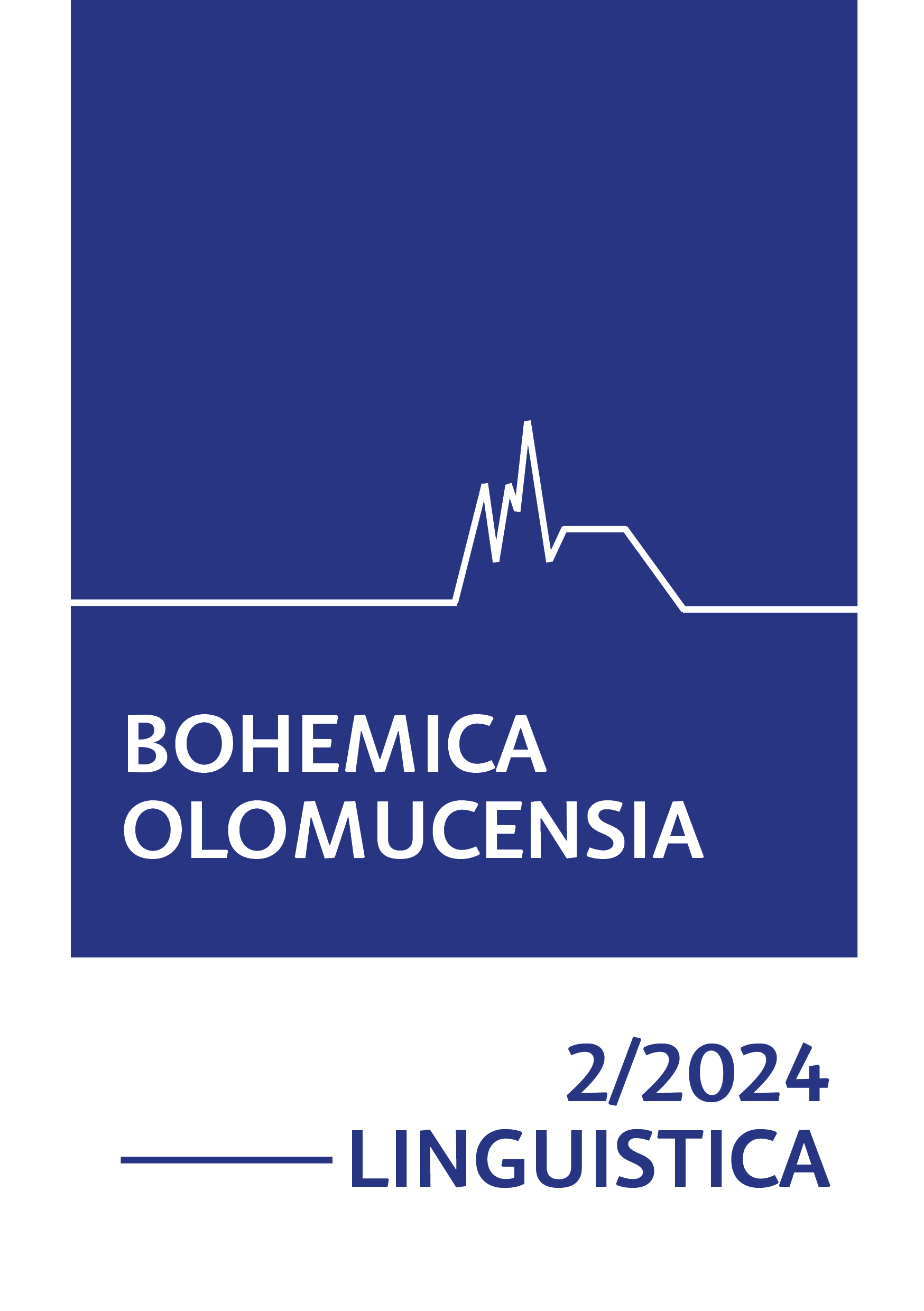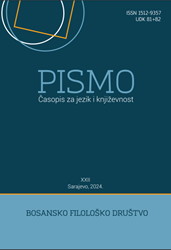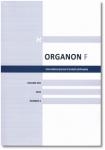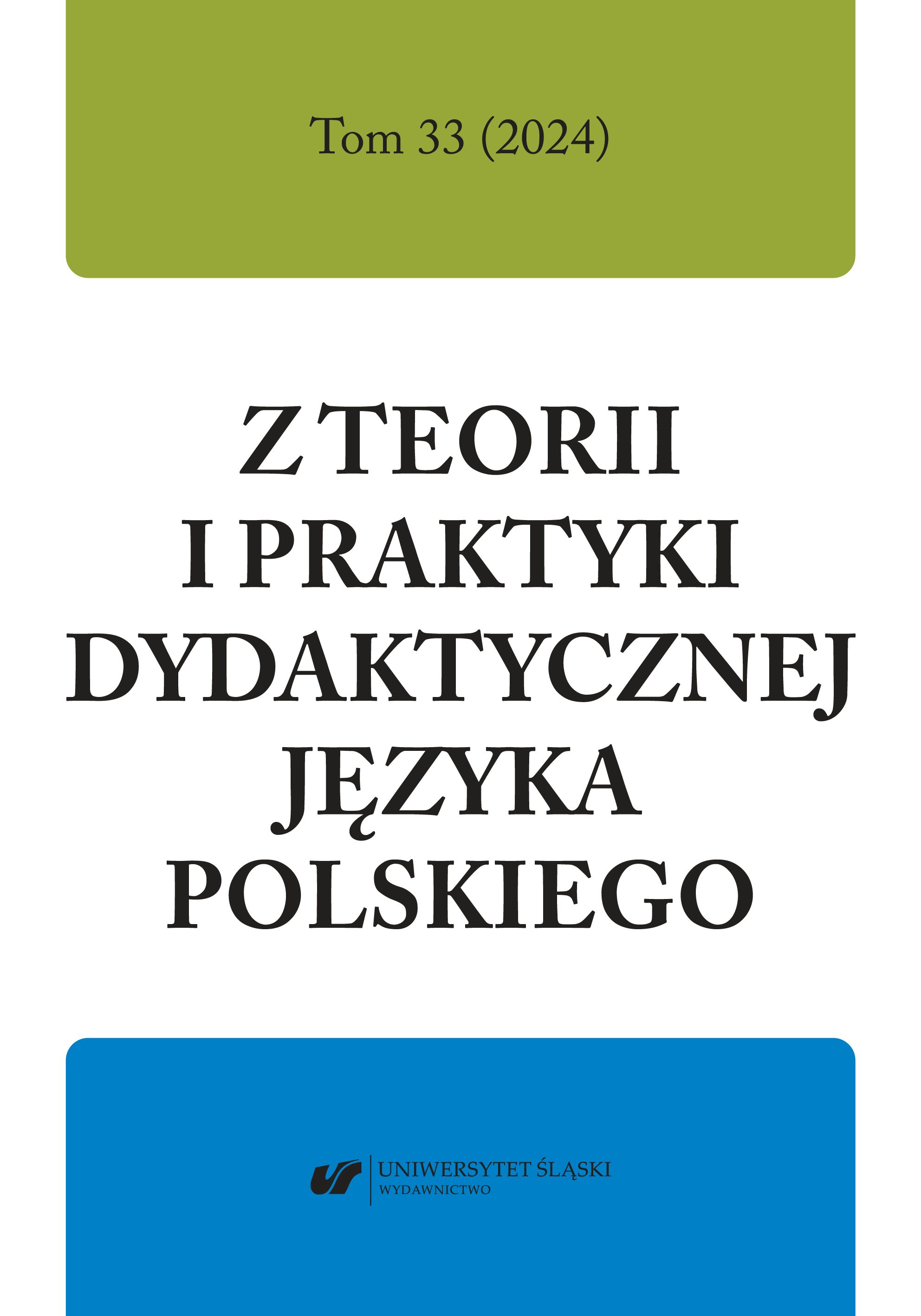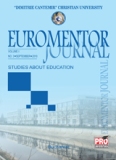
STRUCTURAL AND WORD-BUILDING ANALYSIS OF ENGLISH “ANIMAL DISEASES” TERMINOLOGICAL FIELD
Linguistic analysis of the terms of the terminological field "animal diseases” is represented. Formation of terminological units is investigated, word-building patterns are characterized. The most productive methods of term formation and their structural types are determined. The peculiarities of formation and structure of one-component and multi-component terms of the terminological field "animal diseases" are analyzed. Thematic groups of abbreviations used for nomination of diseases of animals and their pathogens are considered. The analysis of existing forms of terms has made it possible to establish that the leading place in the studied terminological field belongs to multi-component terms, as modern science increasingly strives for the specification of existing terms, which allows representing objects in a detailed and refined form.
More...
